Material Book Cultures Through the Ages
This page is a collection of the work from the Fall 2018 class of Professor Whitney Trettien’s Cultures of the Book undergraduate seminar. Our professor challenged us to publish our research on this MediaWiki platform. The Wikipedia platform has an ever-growing audience of readers / editors which represents an event in the incunabular era of the Digital Age, allowing the engagement of human knowledge from all corners of the globe. The page presents a specific contemporaneous evolution of the book. This process not only gave rise to a discussion on the role of this collaborative platform, but also gave us the opportunity to build a virtual museum that future students could continue to draw on and contribute to.
This resource is for anyone, scholars and students, or simply curious people who want to learn more about the history of the book, that ubiquitous object whose definition has now become difficult to pinpoint in the age of e-readers and online publishing. It also offers many examples and a precious glimpse into rare books, including ancient volumes and hard-to-find tomes which are not usually encountered by the casual reader.
This project would not have been possible without the help of Cassidy Holahan, John Pollack, and the librarians and assistants in the University of Pennsylvania's Kislak Center for Special Collections, Rare Books and Manuscripts at the University of Pennsylvania Libraries.
Categories
- Decorative
- Identification
- Interactive
- Materiality
- Metadata
- Navigation
- Reproduction
- Substrate
- Visual Technology
| Technology | Description | Image | Category |
| Chapters | A master of navigation, hated by John Locke, and a quintessential figure in both fictional and informative text. Read about the exciting journey of this seemingly ubiquitous paratext, its birth and its development, and how it completely altered our modern-day reading habits. | 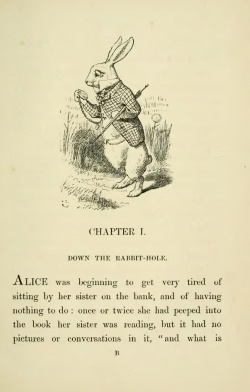 |
Identification Navigation |
| Early Duplicators | An examination of the social ramifications of early duplicators, especially in the context of underground movements. Explore how the democratization of printing lead to new bodies of art and literature, all characterized by resistance to dominant cultures. | 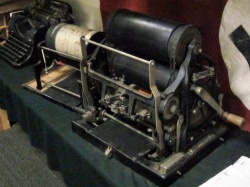 |
Reproduction |
| Decorative Bindings | An investigation into how the binding of a book can provide an incredible amount of information as to its intellectual purpose, historical and cultural context, and its ownership. | 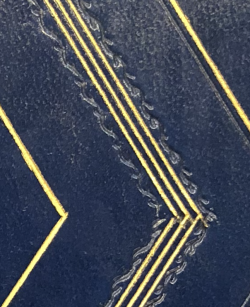 |
Visual Technology Decorative |
| ePub | Taking a look at one of the most commonly used electronic file extensions for e-reading on digital platforms and how it changes our reading experience and our overall understanding of materiality. | 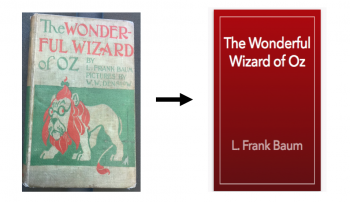 |
Materiality Interactive |
| Flap Anatomies | Exploring a unique 3D genre that invites readers to participate using both sight and touch, originally created to better understand the human anatomy, and ever-expanding to a more creative purpose |  |
Interactive |
| Footnotes | A method of organizing notes, commentary, and citations in the metadata of a text. | 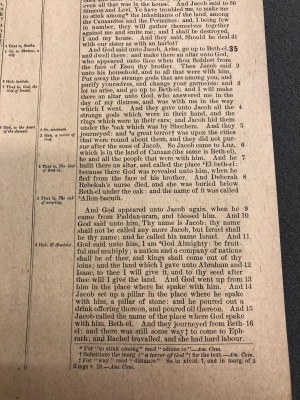 |
Metadata Identification Navigation |
| Fore-Edge Painting | An artform first utilized as a means of identification and later as embellishment. Take a look to learn more about these beautiful paintings. |  |
Interactive Decorative Identification |
| HTML and the World Wide Web | Exploring markup languages, the World Wide Web, and the proliferation of perhaps the most universal and most precarious reading platform. | 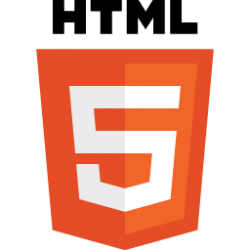 |
Materiality Navigation |
| Illumination | A view into understanding medieval illustrations and decorations featuring gold, silver, and other pigments. Learn how and why the illuminations were created. Read on to see how these phenomenal illustrations, designs, and miniatures could either help a reader, or distract them. | 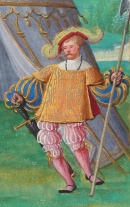 |
Visual Technology Decorative |
| Intaglio Printing | A brief history of intaglio printing as a genre of printing followed by an analysis and discussion of intaglio color printing, with a focus on its application today, and the question of the "copy" in a technology like intaglio. |  |
Visual Technology |
| Movable Type | A fast, seamless means of reproducing text that revolutionized Renaissance Europe and the world. Arguably the most important invention of the millennium, Gutenberg's Printing Press transformed our conceptions of books, writing, and reading techniques and communities. | 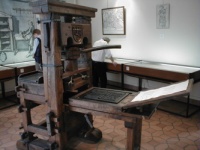 |
Reproduction |
| Page Numbers | While common today, page numbering is a technology that had to be invented and developed over time thanks to shifting reading cultures. Read on to understand the history of getting on the same page. |  |
Navigation |
| Palm Leaf | Palm leaves are one of the earliest forms of writing media in the world, used for over 2,000 years primarily in South and Southeast Asia. |  |
Materiality |
| Paper |
An analysis of the material qualities of The Crisis, the first Black-owned magazine in the United States. Read on to explore how this publication turned a simple substrate into a | tool for canonical inclusion. |
 |
Materiality |
| Parchment | Exploring the manufacturing process and history of parchment as well as the substrates uses through formal analysis of manuscripts created in the Middle Ages. | 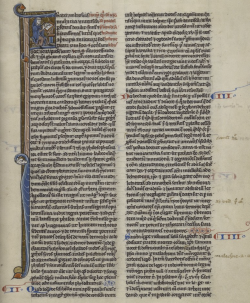 |
Materiality |
| Printer's Ornaments | These aren’t your garden-variety doodles; read along for interesting perspectives on how these print technologies impact the form and function of printed books. |  |
Visual technology |
| Titles/Title Pages/Incipits/Colophons | How do you identify a book? Read to see how the everyday identifiers of titles and title pages correspond and coexist with their antiquated counterparts, the incipit and colophon. | 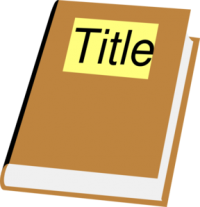 |
Identification Navigation Metadata |
| Volvelles | A transformable book feature that connects book content with the external world through a reader's interaction; read on to explore this precursor to the calculator and its persistent evolution through human progress. | 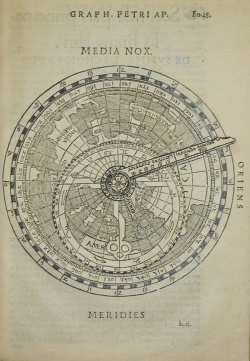 |
Visual Technology Materiality Navigation Interactive |
| Woodcuts | A woodcut is a kind of relief print in which material is removed from a wooden block to leave a raised design that will then be inked and printed. Through a focus on early printed herbals, this essay explores the idea of woodcut book illustration as representative of a burgeoning pursuit of accuracy and therefore of the rise of modern science in the Early Modern period. | 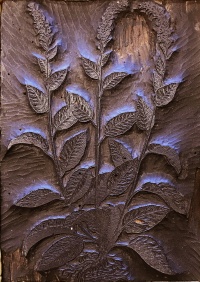 |
Visual Technology Decorative |